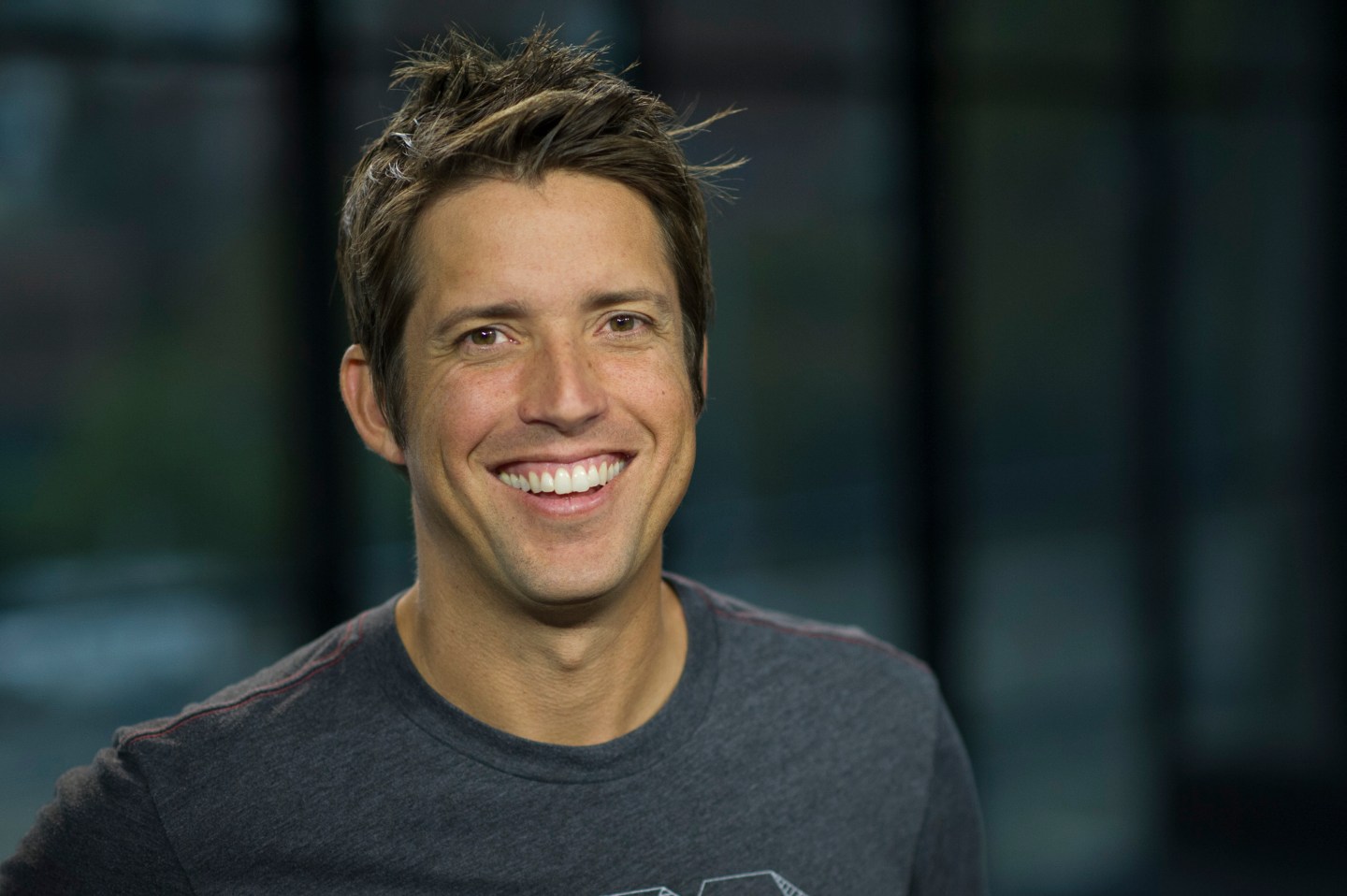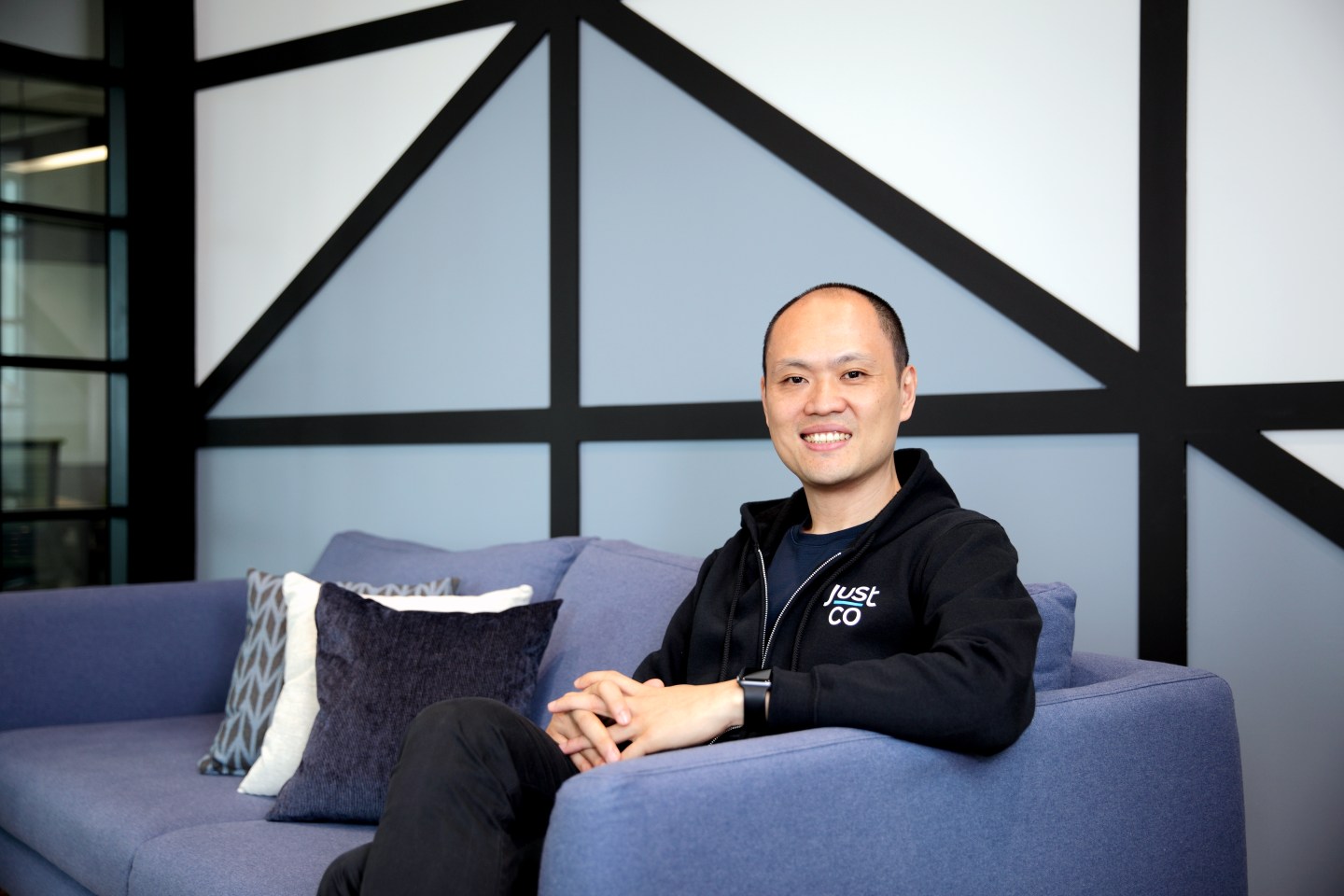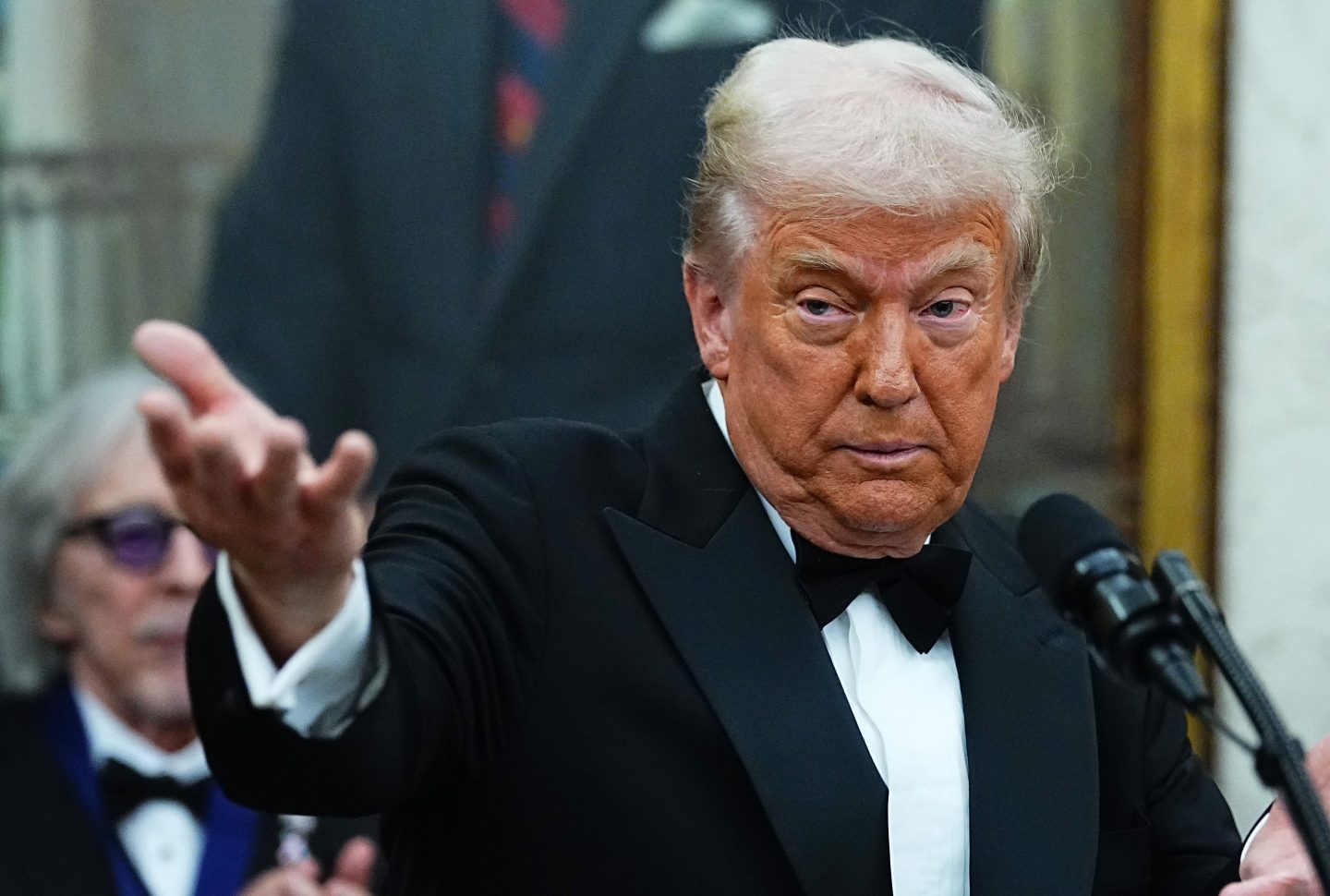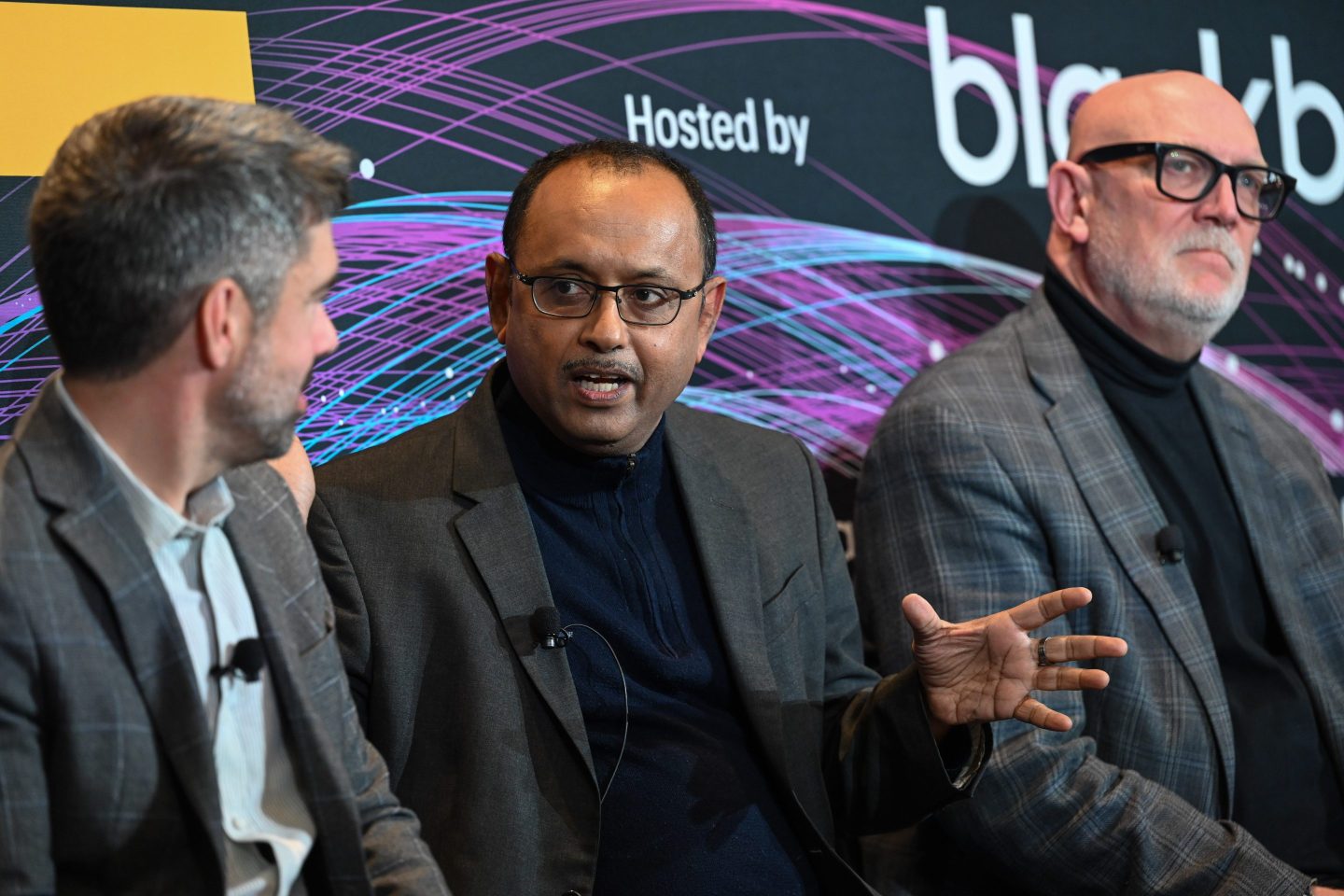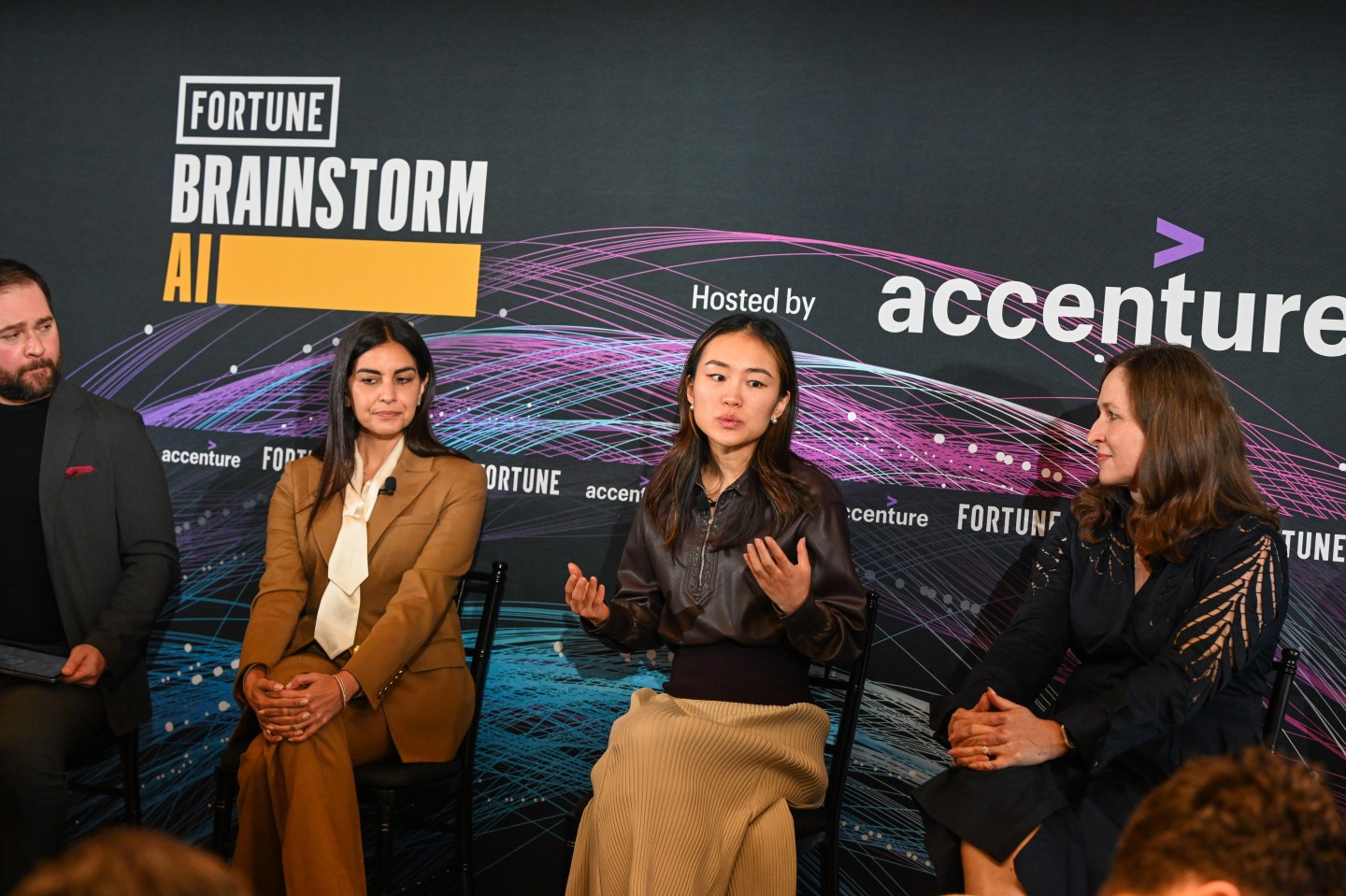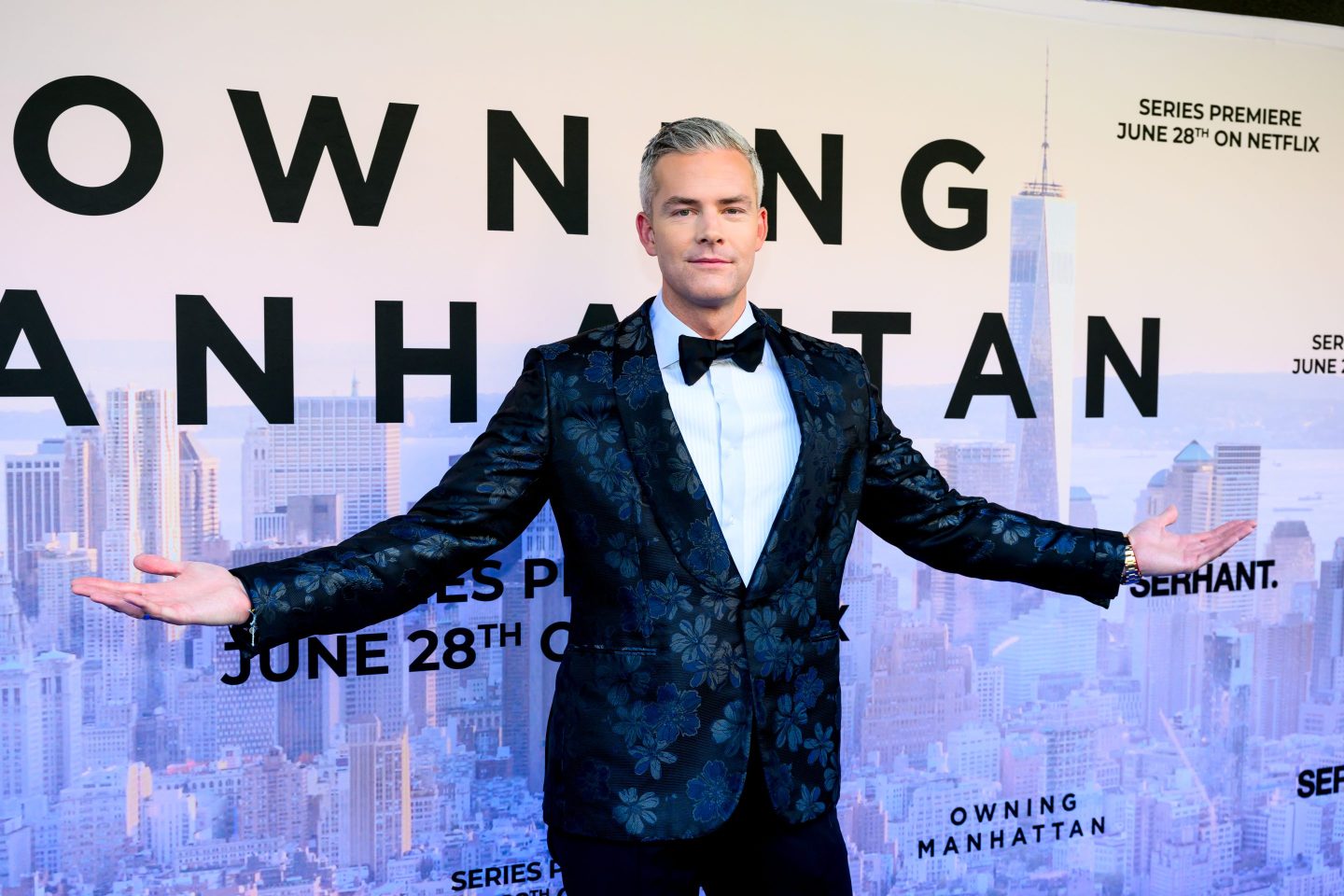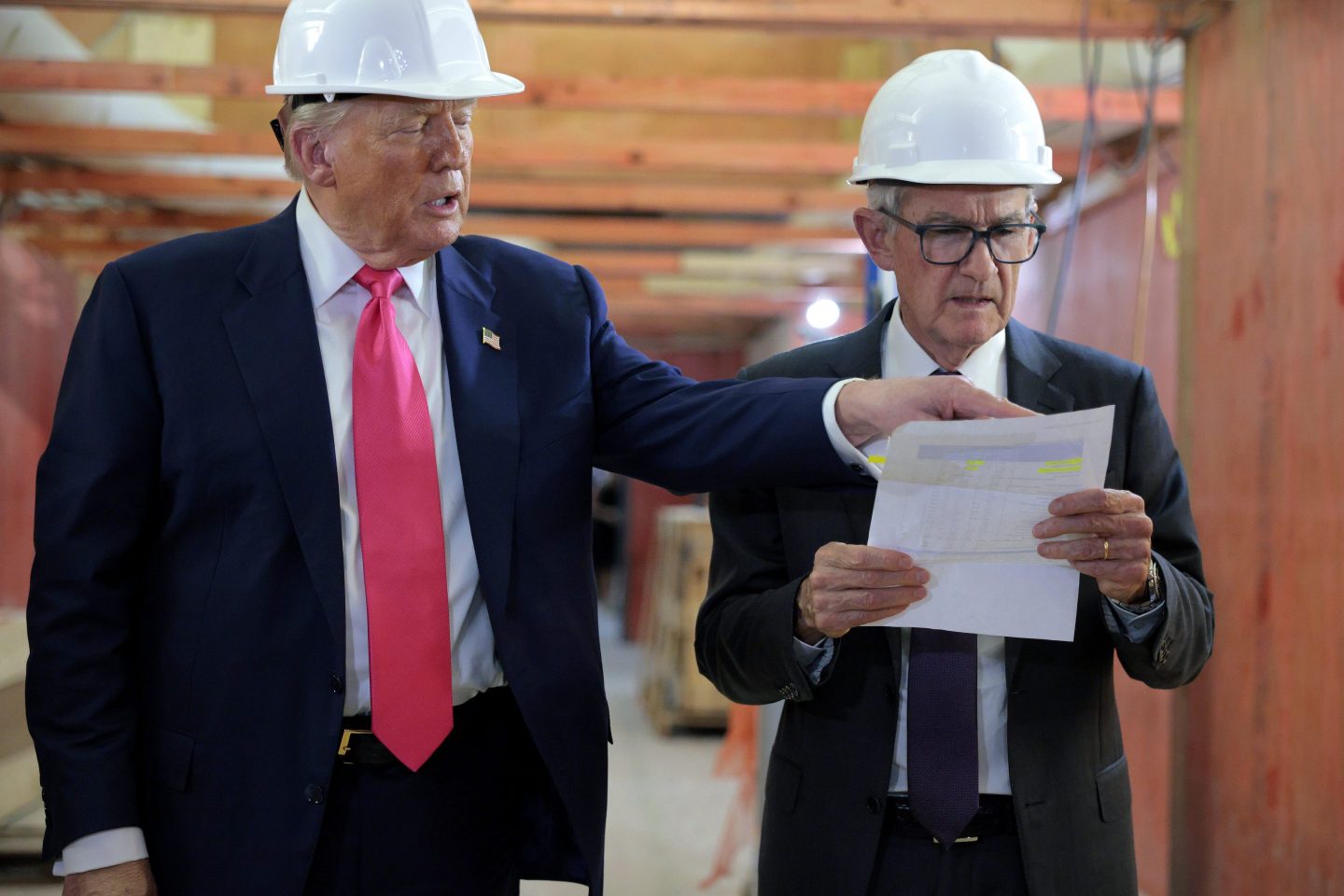Nick Woodman started GoPro because he wanted to capture his own athletic feats. Over a decade later, his San Mateo, Calif.-based company has sold over 10 million wearable, durable camcorders. It also raked in nearly $1 billion in revenue last year and made its debut on the public market in June. (GoPro’s shares have gone up nearly every day since, but recently fell more than 20% in just one week, due in part to a reporter’s speculation that a head-mounted GoPro camera may have worsened Formula One driver Michael Schumacher’s injuries following a skiing accident). Woodman, 39, an avid surfer, mountain biker and snowboarder—and no. 12 on Fortune’s 2014 40 Under 40 list—is now hard at work on the next wave of growth for GoPro, distributing the footage that’s generated by millions of his company’s users. GoPro “channels” air videos—from close-ups of hummingbirds to a base jumper flinging herself off a cliff in high heels—on Virgin America flights, Xbox gaming consoles, and a dedicated YouTube channel that has over two million subscribers. Woodman and his team are working on inking other content distribution deals, but he still has time for his own personal passions. We caught up with the entrepreneur-turned-billionaire (GoPro’s market cap stands at nearly $10 billion; Woodman is the largest shareholder). Here’s an excerpt from the conversation:
Now that you’ve made a move into content, how do you describe the company?
We help the world capture and share its passions no matter what they are. Before GoPro if you wanted to document yourself doing whatever it is you’re interested in – whether it’s surfing, skiing, snowboarding, adventure travel or just playing with your kids in the park, or if you’re a surgeon and you want to document a particular surgery you’re doing – like my knee doctor just did, when I had my ACL replaced. Whatever people are passionate about they can now self-document themselves engaged in those activities and get stunning, professional footage of themselves. It sounds so basic but before GoPro if you wanted any footage of yourself doing anything you needed a camera and you needed another person holding the camera filming you. And they needed to have skills with the camera. And let’s say you wanted to do anything involving motion. That person would need to be moving with you. GoPro lets people take other people along for the ride with them. That’s led to content that was never possible before and shared experiences that were never possible before.
You have built an emotional connection with your customers. What did you model GoPro after? Apple? Or any other particular company?
If we aped anybody early on, we learned from Red Bull. I was a huge fan and I became enamored with the brand. And I was drinking a lot Red Bull – I’m not kidding, getting a company off the ground isn’t easy. I was inspired by how Red Bull isn’t about the drink, it isn’t about the product or the can. Red Bull is a platform to celebrate all that humans are capable of accomplishing. They built a lifestyle movement, a brand that sold this product. And they never really talk about the product. It’s just all about the lifestyle. If I walk up to a can of Red Bull, I’m thinking about Formula One, I’m thinking about incredible athletic performances. And it helps me choose that can over something else to either side of it. That was really my first lesson in what a brand meant. I learned that most people buy based on emotion, not on a rational breakdown of the product or service.
You recently hired Tony Bates [the ex-Microsoft exec and former CEO of Skype] as president and a board member. How did that happen?
It happened right before the IPO. I met him two years ago and we became fast friends. Right when I met him I thought this guy could be awesome for us down the road. We weren’t far along enough yet and he had some big things coming up – like, I don’t know, maybe being the CEO of Microsoft [Bates was a rumored candidate for the top job at the tech giant]. When he didn’t become the CEO of Microsoft I thought this would be a good time to go talk to him. He’s got an interesting background. At Cisco he was responsible for building the infrastructure that data moves around on. He’s on the board of YouTube. And then he went over to Skype. And then over to Microsoft where he was meeting everybody in the world in business and technology and media. As we’re scaling into becoming more of a software platform business that’s helping people manage and create all this content, that’s right up his alley. When we pulled back the curtain on everything we were working on, he liked it before but when he really saw the vision and how deep it goes and where we’re going it was obviously exciting for him.
You’ve had a few big milestones over the last year. Other than the IPO, what else is most significant to you?
The caliber of people we’ve been able to attract to come work here is a testament to how well we’re doing. That people would want to leave other really good jobs to come work here. I can remember when I would hire people away from other jobs years ago and I would be embarrassed on their first day at work. Because I would be worried that when they got here they’d think, oh my God, what have I done. This is over when we were in Half Moon Bay and we had no organizational structure. This is only my second job. My first job was with my first startup. I still have never been trained through another business’s approach to business management. So we’d hire these people and I could tell they were a little bit like, wow, this is really a startup, these guys don’t really know how to manage anything. Thankfully we’ve grown out of that. Now GoPro has got to be one of the most exciting places to work because the work we do here is so loved by so many people around the world. And so visible. And I know that when our employees go out and about in the real world and tell people they work at GoPro, people just spaz out at you and want to hear all about it.
